Massive beach restoration project for Orange County coastline approved – CBS | KCAL News

The Federal Government has agreed to a major beach restoration project in Orange County to restore almost 2 million cubic feet of sand lost to storm erosion over the past several years.
The sand will be dredged from the sea and added to replenish the coastline from Seal Beach to Bolsa Chica to Huntington Beach and as far as the Newport Beach Pier.
“We’re experiencing a large amount of receding of sand into the ocean,” said Kevin Pearsall, State Parks Superintendent.
The project will help protect property and roads from flooding. Seal Beach saw flooding in January.
“It’s nerve wracking that they have to do that, but time erodes everything,” said Colleen Walsh, a Bolsa Chica resident…
“Recycling” Glass Back to Sand … For Beaches?
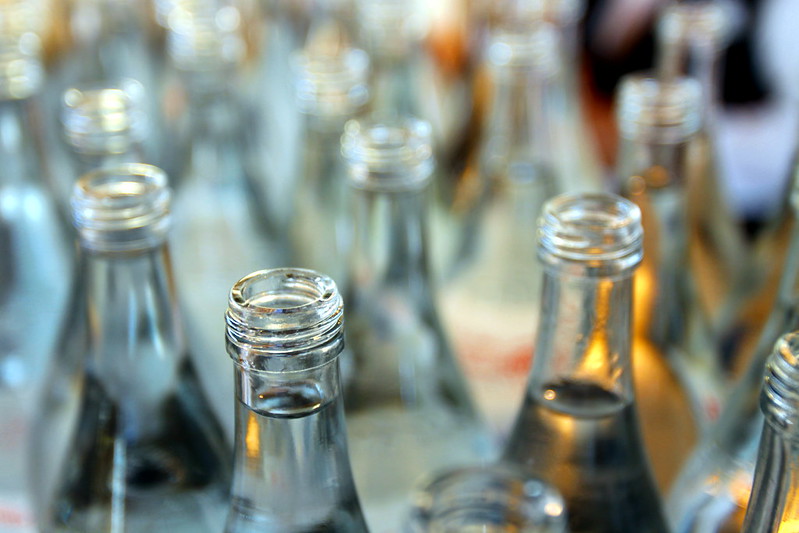
There have been several recent proposals and some projects actually underway to grind up glass bottles and use this ground glass to replenish beaches. Along most shorelines, other than in tropical environments, the dominant mineral making up the beach sand is quartz, which is silicon dioxide (SiO2), the same elemental composition as glass. While this may initially seem like a good solution for replenishing or nourishing disappearing or narrow beaches, this concept is not a sustainable or effective approach.
Initially derived from silica sand glass is a valuable resource that is already in a pure form that can most effectively be recycled or melted down to make more glass, rather than being put on the beach where it will be lost to the ocean over time as it is carried offshore or alongshore…
Retreat in Rodanthe Interactive Feature – the Washington Post
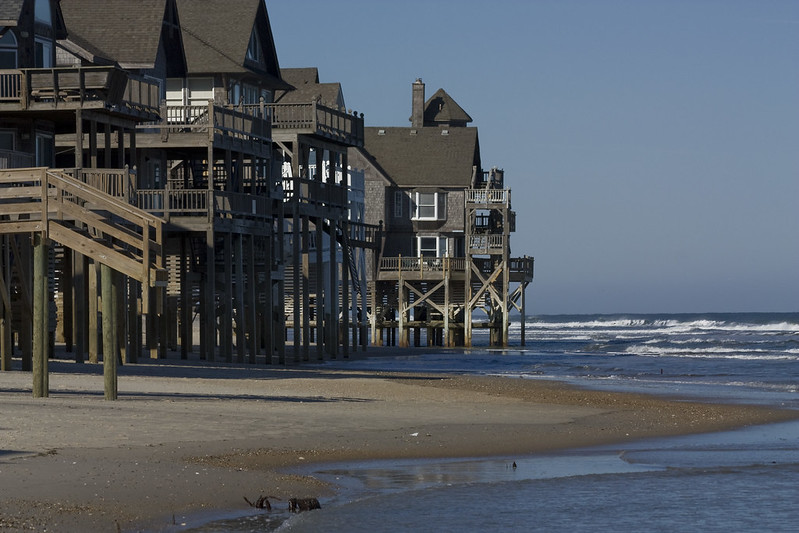
Along three blocks in a North Carolina beach town, severe erosion is upending life, forcing hard choices and offering a glimpse of the dilemmas other coastal communities will face…
Early last year, a house crumbled into the sea in this small Outer Banks community, home to some of the most rapid rates of erosion and sea level rise on the East Coast.
Not long after, another house fell. And then another…
Use of Pulverized Recycled Glass for Beach Nourishment: A Review – Georgia Coastal Research Council (GCRC)

This paper reviews geotechnical, biological, and abiotic analyses conducted on the experimental placement of recycled glass on beaches in Florida. It will also describe the experiences local governments have had when considering the use of recycled glass as an alternative material for beach nourishment.
Coastal erosion caused by increased extreme weather events and sea level rise is escalating the rate and extent to which beaches are washing away. Traditionally, inland and offshore sand and dredged material from rivers, canals, and the ocean have been used to nourish beaches, but these resources are becoming increasingly expensive and difficult to obtain…
How A Used Bottle Becomes A New Bottle – NPR Planet Money
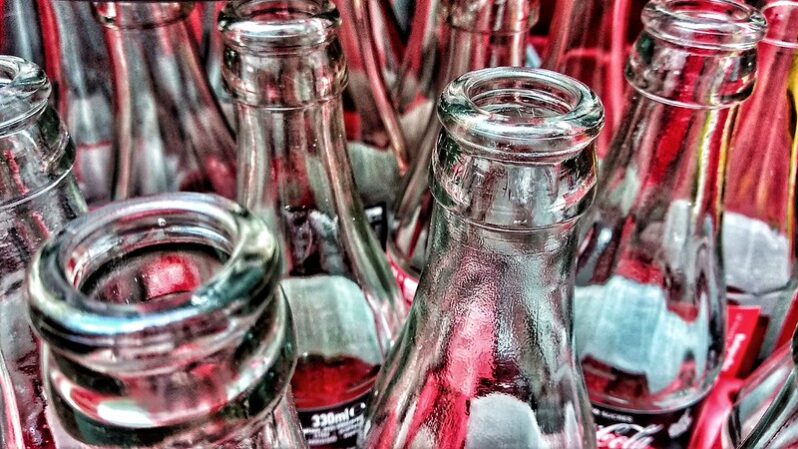
The rise of curbside recycling programs over the past few decades has meant more glass recycling. But for a long time, many recycling centers didn’t have the technology to turn recycled glass into the raw material for new bottles. Instead, recycled glass often wound up being used as a cheap construction material, or even to cover landfills.
Now, with new technology that can better sort glass collected in curbside recycling, more used glass bottles can be turned back into new glass bottles. To see how this works, we went to a glass recycling facility and a bottle factory…
Outside a recycling plant in Jersey City, N.J., there are piles and piles of what looks like garbage.
But it’s actually broken glass…
Can recycled glass help restore Louisiana’s eroding coastline? – the Guardian
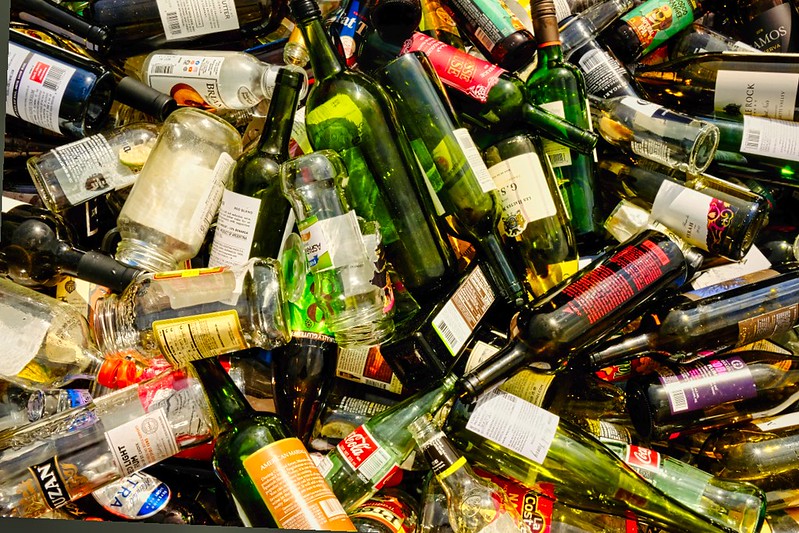
Dave Clements, owner of Snake and Jake’s Christmas Club Lounge, a beloved dive bar in New Orleans, has watched Louisiana’s coast shrink year after year.
“I used to go fishing quite a bit down in Delacroix area. Me and my buddy would go out in a flat boat,” he says. Clements remembers finding “a little spot, a little island” where he and his friend would take breaks while fishing for redfish, sheepshead, speckled trout and flounder. When they went back to the same spot a month later, the patch of land was gone. “I actually stopped fishing because it was so depressing..”
Restoring Louisiana’s Shoreline, One Glass Bottle at a Time – GIZMODO

Glass Half Full is redirecting glass from landfills and turning it into much-needed sand.
Louisiana’s shoreline is rapidly eroding due to sea level rise and extreme weather fueled by climate change. But a scrappy New Orleans glass recycling initiative, Glass Half Full, is rounding up as many of the city’s glass bottles as possible to create sand for coastal restoration.
The team, a winner of the 2023 Gizmodo Science Fair, got started in 2020…
Is YOUR town at risk? – Daily Mail
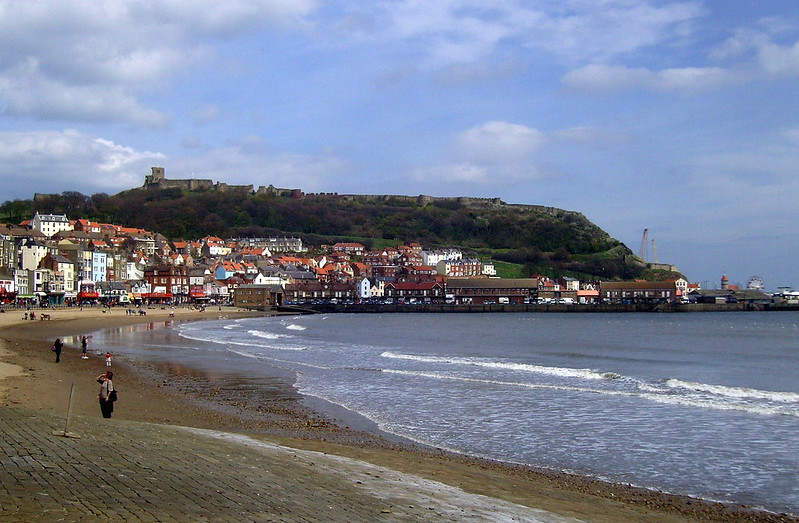
Terrifying interactive map reveals the areas that could be plunged UNDERWATER by 2050 amid sea level rise fuelled by climate change.
With the allure of deck chairs, ice cream and amusement arcades, the Great British seaside holds a special, nostalgic place in the hearts of UK holidaymakers.
But fast forward just 25 years and scores of the country’s beaches, piers and bays could be underwater because of increasing global sea levels caused by global warming…
Beaches on Scotland’s ‘Hawaii of the North’ at risk after sand stolen – The Telegraph

With its stunning white crystal sands, it is known as “Hawaii of the North”. But beachcombers are said to be removing the famous sands of Tiree in the Hebrides on an industrial scale. Landowner Argyll Estates suspects sand is being “stolen” by “greedy” islanders under cover of darkness. Reports also suggest that it is “the more affluent residents” who are involved “so the reasons for this may not always be hardship but perhaps greed…”
